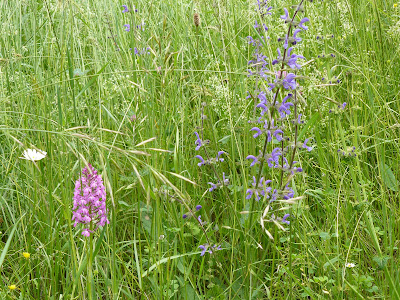There was a lot of coverage in the press recently of research done for the mental health charity MIND by the University of Essex
What are we to make of this? I sought out the MIND report “Ecotherapy – the green agenda for mental health” to find out.
First of all, I must congratulate MIND’s PR people for getting so much coverage in the national press – no mean feat. But I wonder if the coverage and the report might contain some elements of a shot in the foot.
The research looks to be seriously flawed. It was based on a sample of “20 members of local MIND associations” who took part in two walks, a week apart. The first was 30 minutes around a country park and the second 30 minutes around a shopping centre. They were asked to complete a Mood State
The main problems appear to be threefold. Firstly, 20 is a very small sample on which to base conclusions which are intended to inform national policy making. Secondly, there is no information on the baseline mental state of the participants – which would surely inform how they responded. Thirdly, all you can really conclude is that as a leisure activity walking in a park is better than walking around a shopping centre, which is hardly a shock. It’s a big leap from there to say that ecotherapy should replace anti-depressants.
What is “ecotherapy” anyway? It seems to be any of gardening, conservation activities or walking (or indeed running or cycling). What is quite interesting however is that searching the University of Essex Essex team coined the term Green exercise, hypothesising that there should be a synergy if the physical activity takes place while being directly exposed to nature.
So, conclusions?
- The idea of green exercise makes sense – but why dress it up as ecotherapy?
- Research to demonstrate its benefit in the mental health arena needs to be more robust to be convincing. Something like a comparative study of two groups of patients through time would make sense: one group have conventional drug therapy and the other green exercise as well or instead. Demonstrable changes there would be impressive and convincing.
- But well done to MIND for getting their message out so effectively.
























